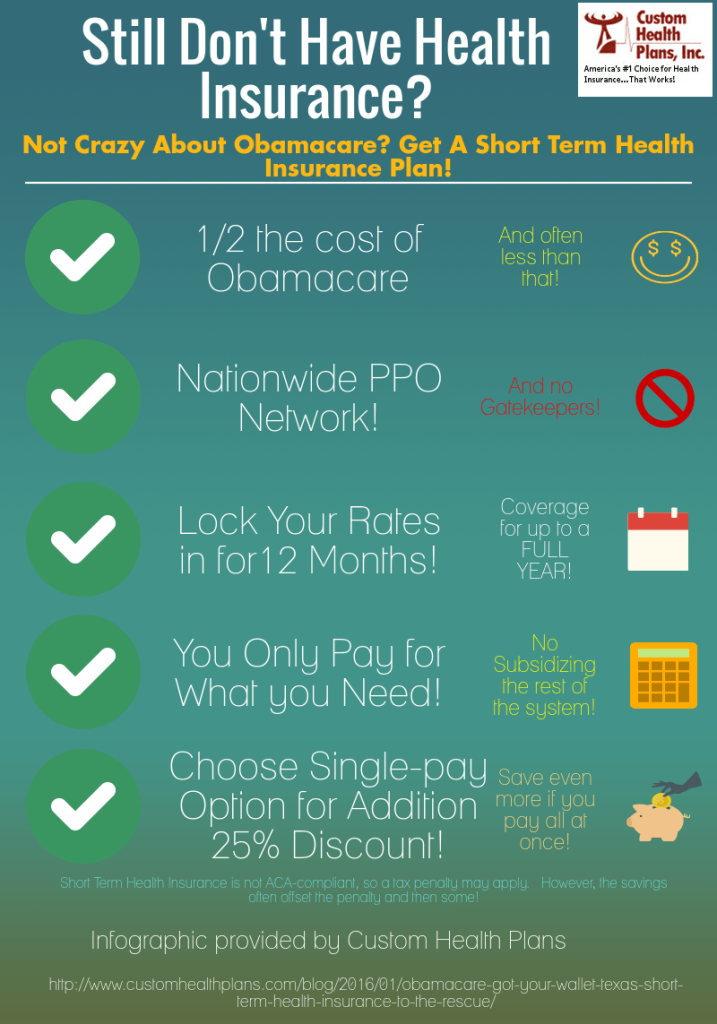The 9-Minute Rule for Medicare Advantage Agent
The 9-Minute Rule for Medicare Advantage Agent
Blog Article
Some Known Factual Statements About Medicare Advantage Agent
Table of ContentsThe Best Guide To Medicare Advantage Agent5 Easy Facts About Medicare Advantage Agent ExplainedMedicare Advantage Agent Can Be Fun For Anyone

complies with from confusing the reasonably young age profile of the uninsured with the far better health and wellness, usually, of more youthful individuals. This obscures the link in between health condition and medical insurance. For those without accessibility to workplace wellness insurance, poor wellness is a prospective barrier to buying nongroup protection because such insurance coverage might be highly priced, leave out preexisting problems, or be just inaccessible. The number of without insurance Americans is not especially big and has not changed in the last few years. Seven out of 10 participants in a country wide depictive study believed that less Americans did not have medical insurance than actually do(Fronstin, 1998). Approximately fifty percent(47 percent )thought that the number of people without wellness insurance policy decreased or stayed consistent over the latter fifty percent of the last years(Blendon et al., 1999). This decrease of practically 2 million in the number of individuals 'without insurance coverage (a reduction
of about 4 percent)is definitely a favorable adjustment. With a softer economy in 2000 the most recent reported gains in insurance protection might not continue(Fronstin, 2001 ). The decline in the variety of without insurance will certainly not continue if the economy continues to be sluggish and wellness care expenses continue to outpace rising cost of living. This is because the information were accumulated for a duration of strong economic efficiency. Of the approximated 42 million people who were without insurance, just about regarding 420,000(regarding 1 percent)were under 65 years of age, the age at which most Americans come to be qualified for Medicare; 32 million were adults between ages 18 and 65, about 19 percent of all grownups in this age; and 10 million were youngsters under 18 years old, regarding 13.9 percent of all kids (Mills, 2000). These quotes of the number of persons without insurance are created from the yearly March Supplement to the Current Populace Study (CPS), performed by the Census Bureau. Unless or else kept in mind, national price quotes of individuals without health insurance coverage and percentages of the populace with different sort of protection are based on the CPS, the most commonly utilized resource of estimates of insurance policy protection and uninsurance prices. These surveys and the estimates they produce are defined briefly in Table B. 1 in Appendix B - Medicare Advantage Agent. These surveys vary in size and sampling techniques, the concerns that are asked concerning insurance policy
4 Simple Techniques For Medicare Advantage Agent
insurance coverage, and the time duration over which insurance policy protection or uninsurance is determined(Lewis et al., 1998, Fronstin, 2000a ). Still, the CPS is especially beneficial because it creates yearly quotes relatively swiftly, reporting the previous year's insurance policy coverage estimates each September, and because it is the basis for a regular set of quotes for more than 20 years, permitting evaluation of patterns in coverage over time.

The Ultimate Guide To Medicare Advantage Agent
Over a three-year period beginning early in 1993, 72 million people, 29 percent of the united state populace, were without protection for at least one month. Within a solitary year(1994), 53 million individuals experienced a minimum of a month without protection(Bennefield, 1998a). 6 out of every ten uninsured grownups are themselves utilized. Although working does boost the possibility that one and one's member of the family will have insurance policy, it is not a guarantee. Also participants of households with 2 full-time wage income earners have almost a one-in-ten opportunity of being uninsured (9.1 percent uninsured rate)(Hoffman and Pohl, 2000 ). The relationship in between medical insurance and access to care is well developed, as recorded later on in this phase. Although the connection in between health and wellness insurance coverage and health and wellness end results is neither direct nor simple, a considerable scientific and wellness services study literary works web links health and wellness insurance coverage
to better accessibility to care, much better high quality, and enhanced personal and populace health status. The 2nd report, on personal health end results for without insurance grownups, is represented by the inner circle of the figure, while the third record, on family members well-being, includes the subjects of the 2nd record yet stresses a different system of evaluation, particularly, the family. The sixth report in the collection will present details regarding techniques and initiatives undertaken locally, statewide, or across the country to resolve the absence of insurance coverage and its adverse impacts. Degrees of evaluation for checking out the impacts of uninsurance. This discussion of wellness insurance policy coverage focuses mainly on the U.S. population under age look at more info 65 because practically all Americans 65 and older have Medicare or various other public insurance coverage.
In addition, it focuses specifically on those with no medical insurance for any size of time. The problems faced by the underinsured are in some respects comparable to those encountered by the without insurance, although they are his comment is here typically much less extreme. Uninsurance and underinsurance, nevertheless, entail definitely different policy issues, and the strategies for addressing them might vary. Throughout this study and the five records to follow, the major focus is on individuals without any health and wellness insurance policy and therefore no support in paying for healthcare past what is readily available through charity and safety net institutions. Health insurance is a powerful factor affecting receipt of care because both individuals and medical professionals reply to the out-of-pocket rate of services. Health and wellness insurance policy, however, is neither required neither sufficient to get access to medical services. The independent and direct impact of health
insurance insurance policy protection access to health wellness solutions well establishedDeveloped Others will get the health and wellness care they require even without health and wellness insurance coverage, by paying for it expense or seeking it from carriers who supply treatment complimentary or at extremely subsidized prices. For still others, medical insurance alone does not ensure receipt of care as a result of other nonfinancial barriers, such as an absence of wellness treatment service providers in their neighborhood, restricted access to transport, illiteracy, or etymological and cultural differences. Formal research study about without insurance populations in the USA dates to the late 1920s and early 1930s when the Committee on the Expense of Medical Care generated a collection of reports about funding doctor workplace sees and hospitalizations. This problem became significant as the varieties of medically indigent climbed during the Great Depression. Empirical research studies continually support the link between access to care and enhanced health and wellness end results(Bindman et al., 1995; Starfield, 1995 ). Having a normal resource of care can be thought about a forecaster of gain access to, as opposed to a straight action of it, when health outcomes are themselves used as access indicators. This extension of the concept of access dimension was made by the IOM Board on Keeping An Eye On Gain Access To to Personal Wellness Treatment Provider(Millman, 1993, p. Whether moms and dads are insured shows up to affect whether or not their youngsters get care along with just how much careeven if the kids themselves have coverage(Hanson, 1998). The health and wellness of moms and dads can influence their capability to care for their kids and the degree of household tension. Worrying regarding their kids's access to care click here to read is itself a resource of stress and anxiety for parents. Three chapters follow in this report. Phase 2 provides an overview of just how employment-based wellness insurance policy, public programs and specific insurance plan operate and engage to give substantial however insufficient insurance coverage of the U.S. populace. This includes a testimonial of historic trends and public plans impacting both public and personal insurance policy, a conversation of the interactions among the different kinds of insurance, and an assessment of why people move from one program to one more or finish up

Report this page